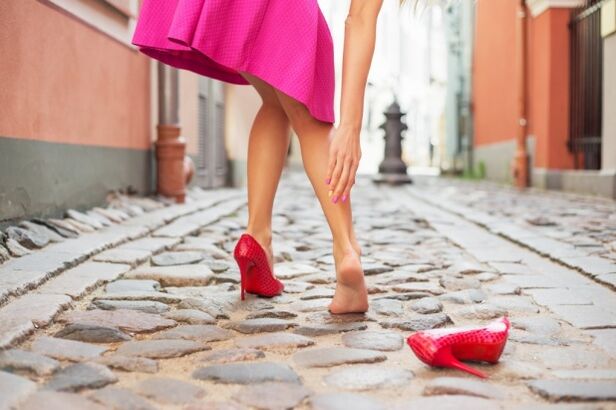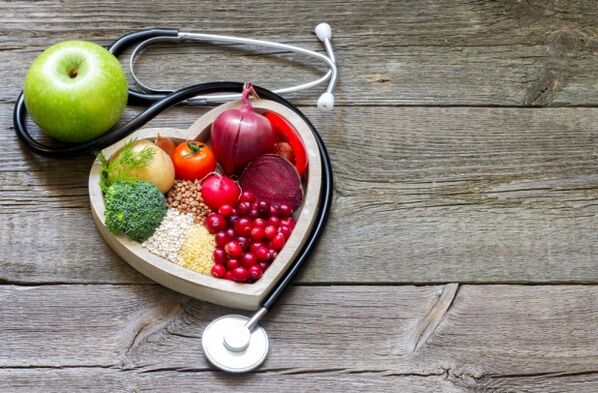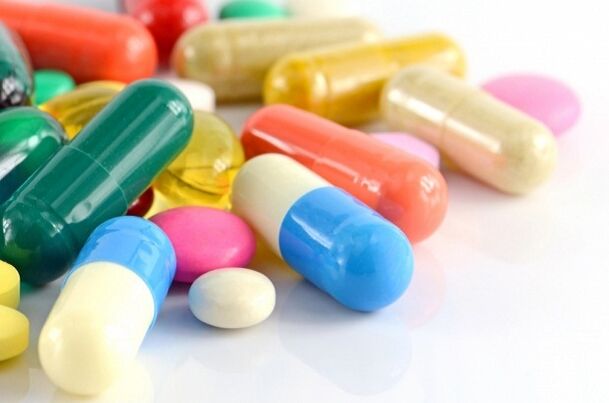Physical pain is an unpleasant and multifaceted sensation. The presence of a pain factor indicates that there is a problem in the body. By identifying and describing the type of pain the patient is experiencing, the specialist will be able to determine its source and cause. If varicose veins are suspected, then general clinical studies (blood, urine) and, possibly, organological examinations will be required to accurately differentiate the problem.

But in order to independently determine the presence of a problem and accompany it to a specialist, it is important to highlight it against the background of the usual fatigue or malaise. What kind of pain does a person with varicose veins experience? What is their peculiarity? And what treatment is possible in this case? You will find answers to these and other questions in our article.
Leg pain with varicose veins: symptoms and causes
Varicose vein pain is not the only manifestation of this disease, but it causes serious discomfort. How severe are leg pain with varicose veins? Of course, there are differences in the individual limits of sensitivity, but the intensity of most pain syndromes is due to the peculiarities of the actual pathological process.
Expert opinion
Leg pain with varicose veins includes a wide range of unpleasant feelings: aches, cramps, cramps, burning, stretching and pressure along the venous bed. They have a sudden, aching and throbbing character.
As a rule, the pain syndrome becomes more or less intense, depending on the position of the body, whether it is currently burdened with any load or not. Pain also has such a feature as time dependence. This means that with the arrival of a certain time of day, the pain syndrome begins to intensify. Thus, the intense pain with the varicose veins appears starting from the second half of the day. The varicose veins of the uterus and the veins of the small pelvis have a similar dependence, in which severe pains in the lower abdomen often occur.
An insidious disease such as varicose veins covers the entire limb and can cause pain in the joints of the lower leg, calf muscle and groin. The person experiences the most acute unpleasant sensations in the area of neurovascular formations. In the area where the vascular bundle is most superficial, additional swelling of the legs may occur. This is another sign that the varicose veins are progressing and there is already a violation of the lymphatic outflow. Does Swelling Exacerbate Pain in Your Legs? Of course yes. The swelling, formed as a result of disorders in the venous system of the lower extremities, is characterized by condensation over the affected vessel and even a local increase in temperature. The combination of signs such as pain and deformity in the vein, persistent, persistent edema, and trophic changes suggest stage II varicose veins. This stage is considered an advanced form of the disease. To avoid this, it is important to know the triggers of this vascular disease and its exact symptoms.

The presence of even one of the following symptoms should alert you and prompt you to seek medical advice:
- feeling of heaviness in the legs and feeling of muscle weakness.
- tingling and burning along the veins.
- feeling of internal pressure or "bloating".
- occurrence of telangiectasias and increased venous pattern.
- swelling of deformed veins.
- nutritional changes in the skin.
- long non-healing wounds on the legs.
- swelling phenomena;
- numbness of the lower extremities.
- leg muscle cramps.
- pain syndrome.
No disease manifests itself. There are definitely factors that can be called provocative. Varicose veins are no exception, so its appearance can be caused by:
- hereditary predisposition
- congenital weakness of connective tissue and vascular walls.
- inactive lifestyle and static sports.
- excessive physical activity.
- forced prolonged standing or sitting (for example, at work).
- improper diet and overweight.
- the presence of bad habits.
- pregnancy and childbirth;
- hormonal imbalance
- soft tissue injuries.
- surgery;
- liver disease.
Based on the presence of these factors in an individual, he is included in the risk group for the development of vascular pathology. How to minimize the risk of developing the disease? What can you do if you start to feel pain in your legs? How and how to relieve or reduce leg pain with varicose veins? How to help yourself relieve the symptoms of varicose veins and how to deal with blood vessels, further in our article.
Leg pain with varicose veins: prevention and treatment

Before you start dealing with the prevention and treatment of vascular diseases, it is worth understanding a little why there are pains in the legs with varicose veins? Pain in the legs with varicose veins occurs due to the fact that an irreversible pathological process occurs in the veins, under the influence of which they stretch and deform, blood circulation is disturbed and venous stasis occurs. Therefore, preventive measures and treatment will aim at strengthening the walls of the veins and not exclusively at relieving the pain. With varicose veins, the feet require special care and attention. What should be done when the first signs of pathology begin to appear?
The first thing to do when something hurts is to see a doctor.
If, after a series of treatments, a specialist finds that the pain is caused by varicose veins, then the appropriate treatment will be selected. It will help you get rid of the manifestations of varicose veins and improve the quality of life, because varicose veins are not a suggestion.
In the treatment of absolutely any disease, in the first place is the recommendation for lifestyle change. It is simply impossible to be a healthy person with a passive lifestyle, bad habits, imbalance in daily life and improper diet. Therefore, the first step that will help eliminate leg pain with varicose veins will be a qualitative change and the formation of a healthy lifestyle. It is necessary to achieve harmony in the way of work and rest. Work should not be associated with excessive physical and mental stress. Rest should include a full, healthy night's sleep. Free time should be spent actively - stay in the fresh air and sports. The latter include swimming, walking in the race, aerobics. Any hits and not overloaded with strong physical activity lessons.
Expert opinion
In order for the venous walls to be strong and elastic, it is important to eat right. Here, depending on the stage of the disease and its dynamics, a specialist can offer a therapeutic diet. The main principle on which it is based is balance. The diet should include foods enriched with vitamins, fiber, fiber, flavonoids, etc. , almost all vegetables, nuts and legumes, cereals, and of course non-carbonated beverages. It is necessary to exclude fried, salty, smoked and spicy.
If, for any reason, an additional source of nutrients is required, then a specialist will prescribe it - a complex of bentotonic vitamins and plant extracts, which act simultaneously in different directions, due to the content of active natural ingredients in its composition. By taking this medicine, you can strengthen and clean the walls of the venous vessels, improve blood circulation, reduce capillary permeability and fragility.
In addition, depending on which specialist determines the stage of the disease, it will also depend on how the disease will be treated - conservative or radical.
Conservative treatments include:
- Drug intake ·
- the use of external products;
- physiotherapy;
- wearing compression medical tights.

The use of drugs will stop the damage to the venous bed, will control the level of blood viscosity and the formation of blood clots and will also have antispasmodic and anti-inflammatory effect. Taking medication in combination with the use of topical medications will increase the positive effect on the veins. You can use ointment or cream for varicose veins not only for treatment but also for prevention. The action will depend on the composition of the product. The ingredients contained in it can be synthetic and natural. Synthetic products are used not only to eliminate swelling, fatigue and pain, but also to recover from venous surgery. Varicose veins in the early stages, during pregnancy or risk can be resisted using products with natural composition. Their effectiveness is directly related to the active natural ingredients included in the composition. The foot cream with chestnut extracts, green tea and ginkgo biloba has a phlebotonic effect, which will help eliminate leg pain with varicose veins. Thanks to the use of this cream, you can relieve inflammation and pain, as well as improve the appearance of the skin.
Medical exercise will significantly contribute to the improvement of the venous system.
Daily exercise, no more difficult than in the morning, will help you remove the unpleasant sensations of numbness in the extremities, cramps and feelings of weight. The set of exercises is selected individually, taking into account the possibilities and the situation. At home, the most popular are the "Bicycle", "isalidi" and a base on the shoulders. In an office setting, sitting at a desk, you can also stretch your legs by simply twisting your legs, bending and flexing your toes.
To improve blood circulation, relieve unpleasant symptoms such as swelling and pain, daily use of compression tights is recommended. The type of product and the degree of compression are selected taking into account the dynamics of the disease.
Radical therapy includes invasive and minimally invasive methods. Experts try to resort to them lately, in cases where conservative treatment does not help or the condition is assessed as difficult.
Take care of your health!




































